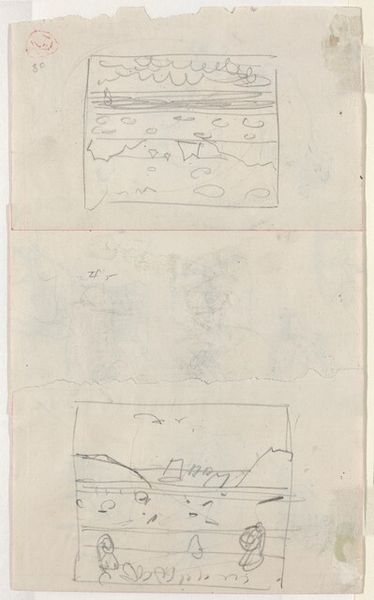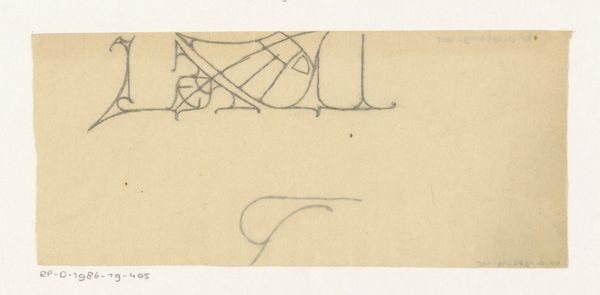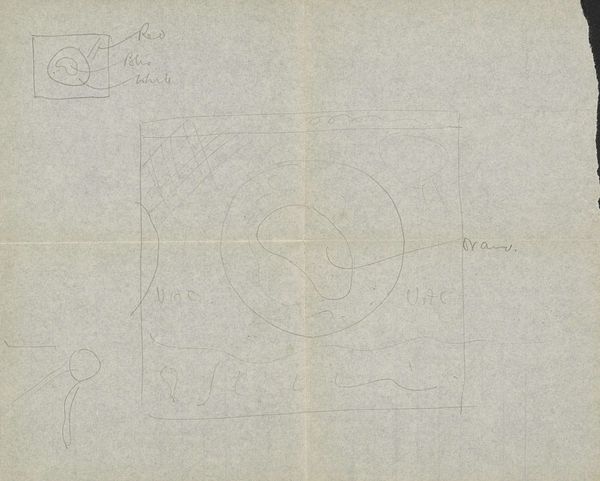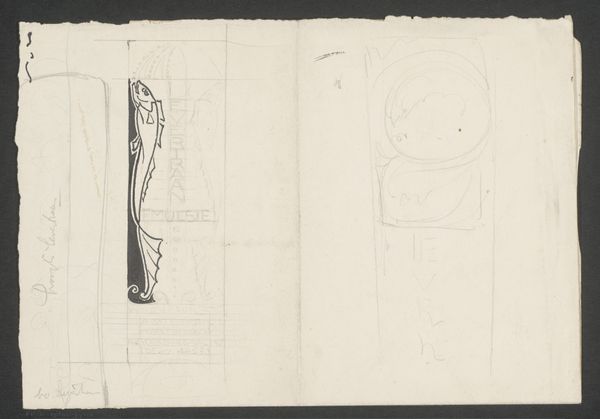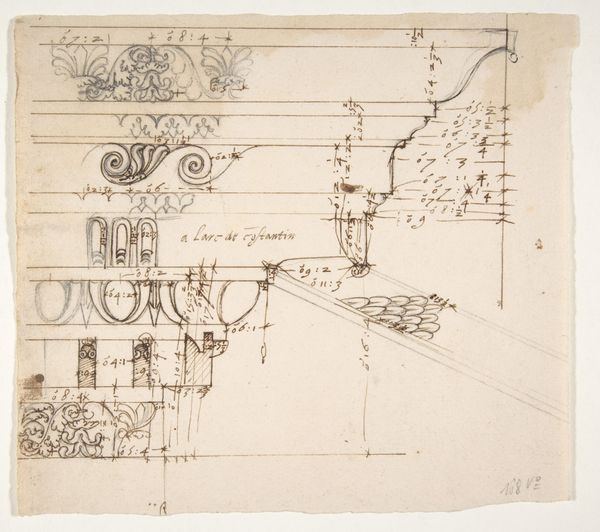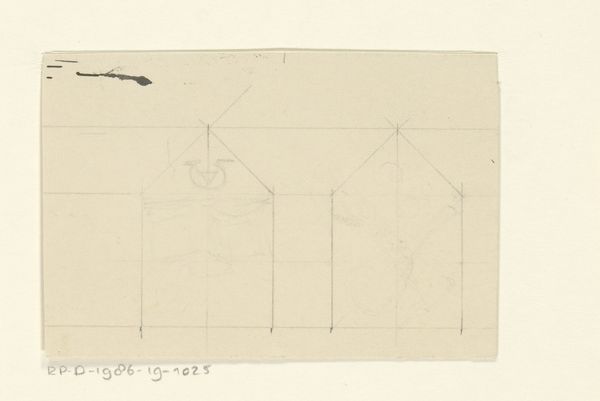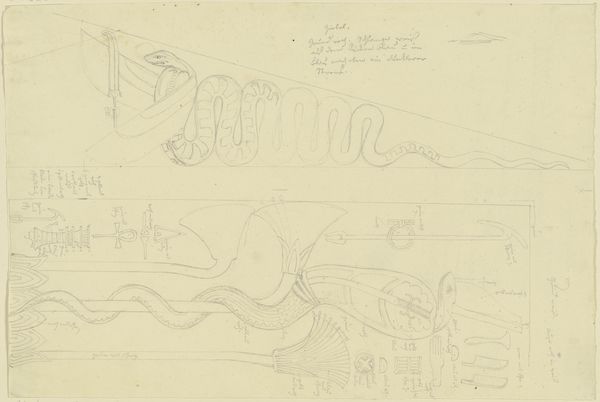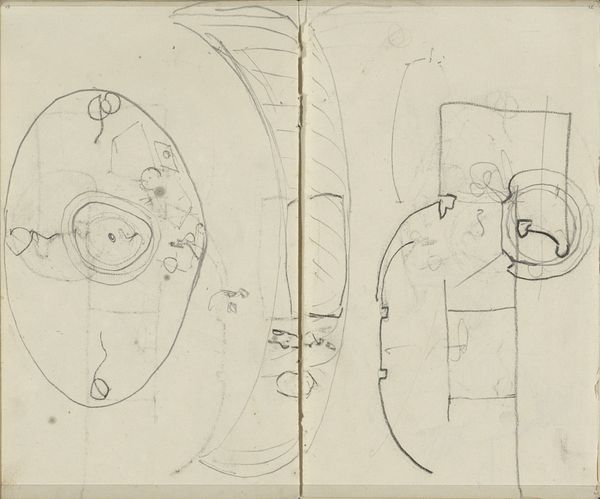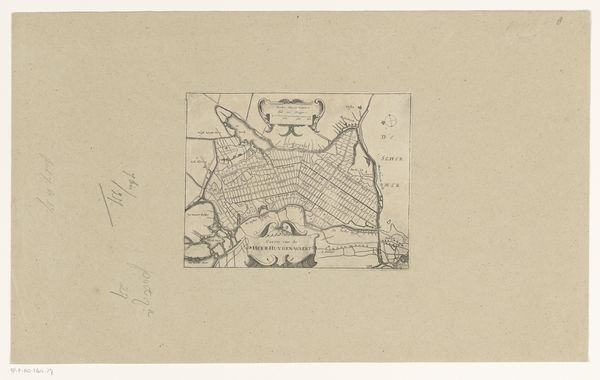
drawing, pencil
#
portrait
#
drawing
#
landscape
#
figuration
#
pencil
Dimensions: height 185 mm, width 291 mm
Copyright: Rijks Museum: Open Domain
Editor: We’re looking at Leo Gestel's "Rectangle with Waves, a Fish and Two Faces" from 1940, a pencil drawing housed at the Rijksmuseum. It strikes me as this almost dreamlike blueprint, like a collection of disparate ideas floating together. What leaps out at you? Curator: Blueprint is the perfect word! It reminds me of automatic drawings or surrealist experimentation. Gestel, already a seasoned artist by this point, seems to be letting his subconscious lead the way. What about those faces, the way they gaze in different directions? Does that suggest anything to you? Editor: It does feel disconnected, like each element exists in its own little world. The wave motif is so repetitive and rhythmic, whereas the faces feel very human, very individual. Is there a meaning behind the juxtaposition of these things? Curator: Meaning... hmm, that’s the puzzle, isn’t it? Perhaps it’s about the contrasting realms of reality and imagination, or the tension between order and chaos. See how he uses lines to create geometric frameworks that try to contain, or organize, these wilder elements? Maybe he felt a similar tension within himself during the war, a desire to impose order on a world spinning out of control. What do you make of the fish, isolated as it is? Editor: It's so isolated. And a bit clunky. Perhaps it represents a glimmer of hope or freedom in a confined world? Curator: I love that interpretation. Or maybe it’s simply a fish. Sometimes the simplest answer is the most powerful. The drawing feels intimate and exploratory to me, Gestel's mind laid bare on paper. It's far from being academic – a wonderful blend of constraint and release. What a wonderful thought process. Editor: It's certainly made me rethink how artists visualize their thought process. Thanks!
Comments
No comments
Be the first to comment and join the conversation on the ultimate creative platform.
